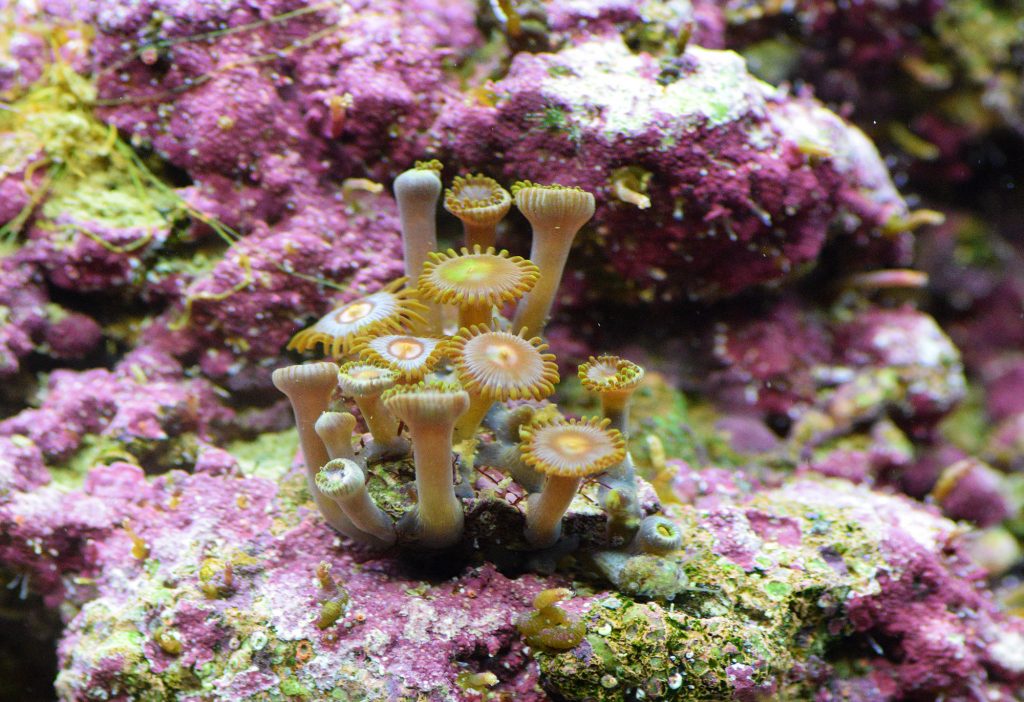Guide 3B Marine & Climate
Products
Quiz and Journal Pages
Review Guide 3B Contents
Guide 3B Marine & Climate Objectives
This guide’s quiz has four questions; one matching each objective.
Marine Life
Reefs & Shores
Climate
Biome Patterns
Guide 3B Marine & Climate Quiz
Journal Assignment #11
Introduced in the Reefs & Shores section of this guide:
Journal Page #11: Marine Invertebrate Observations
When we head to aquaria or marine destinations, it is often easier to observe the large vertebrate animals. For this journal page you will be focusing on the species that make up the vast bulk of marine animals, the invertebrates.
From the videos provided, find five different invertebrate animals.
-
provide the letter of the video you found the animal in (a, b, c, d, e, and/or f). You can use all of the videos or just a few.
-
include notes on the animal, this could be a loose sketch and/or written notes.
-
identify the phylum the animal is classified in and the most likely common name. For example: you may find a brittlestar classified in Phylum Echinodermata. We have provided a photo guide below to assist with identification.

To summarize, you are submitting an identification of five different types (species) of marine organisms you find in the videos, including (a) the letter of the video it was in, (b) brief notes, and (c) its Phylum and common name.
Journal Assignment #12
Introduced in the Climate section of this guide:
Journal Page #12: Science Outcomes
In science, emphasis is placed on concepts, skills, connections with other disciplines, and interactions with the global community. In this assignment, you will be reflecting on how science relates to your life.
Answer the following questions on a journal page. You do not need to include the questions, only your responses to each question. You can include additional relevant information if you like.

Questions to answer on your science outcomes journal page:
-
Science Connections. Large-scale issues often involve people from multiple disciplines working together.
Provide a specific example of a connection between your academic major and biology.
-
Science Community. Many factors impact how science is actually done. Science research is supported by private and public funds, is impacted by cultural context, and is communicated through the press, governmental agencies, and science teachers.
Describe how you personally can have an impact on science.
-
Science Concepts. From the BI 101 class so far, select a piece of knowledge that you would teach if you became a biology teacher.
Explain why you selected that particular concept and how you would like to present it to your students.
-
Science Skills. Scientists observe the natural world, analyze data (evidence), and draw conclusions. Provide a concrete example of how you (or someone else) could use these general aspects of science inquiry in daily life.




